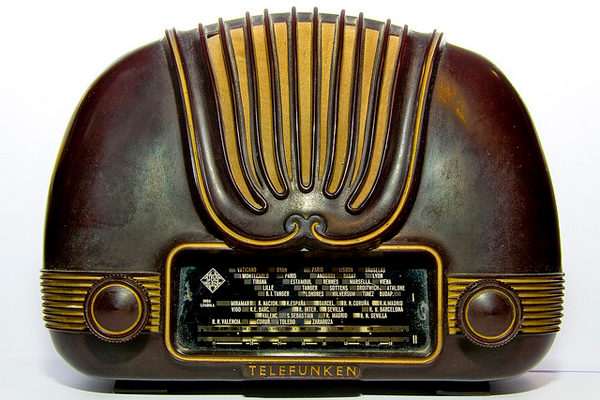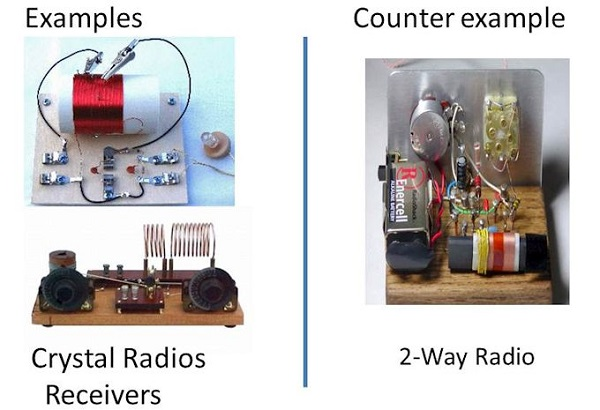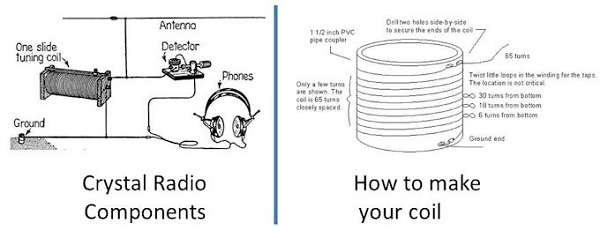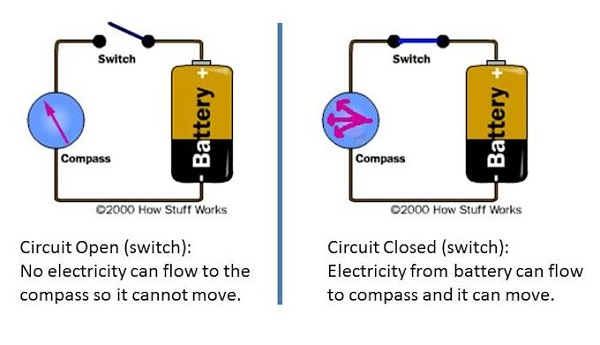ATD Blog
Getting the Right Art
Thu Jan 08 2015

Instructional designers are almost burdened by an embarrassment of visual riches—readily available and relatively inexpensive artwork and photos. Indeed, it’s easy to locate attention-grabbing art that is topically related to content. But do the graphics contribute to learning?
To answer this question, let’s go back to the basics. Before we do, take notice of the photo at the top of this blog of an old-fashioned radio. We will come back to this graphic in a bit.
Who Is the Audience and What Is the Goal?
To avoid wasting our learners’ mental resources, we need to keep our audience and our goal front and center. Is the learner a novice and, thus, a perfect target for a graphic illustrative of the key task? Or does the target audience include advanced practioners who will suffer expertise reversal when presented with artwork elaborating points with which they are already intimately familiar?
Suppose for example, we are designing a course on crystal radios. It’s easy enough to locate a photo of radios to illustrate the course material. However, depending on the audience and the instructional goal—whether it is motivate, inform, or train someone to do a specific task, we’d choose or create entirely different graphics.
To inform. Let’s assume that you are creating a course merely to inform your learner that such a thing as crystal radios exist. For extra mileage, you might even want the learners to be able to “know one when they see one.”
In this case, you’d probably want to include a couple of illustrations of a crystal radio and some examples of items that are not crystal radios but close enough to be easily mistaken for them. This last point is especially important, because counter examples that are wildly obvious do the learners no service when they are trying to discriminate.

To train procedures. Now, perhaps instead of a goal to inform, you need to actually train learners how to build a crystal radio. In this case, you'd need to include drawings that identify all the components, others showing how to create the individual pieces, such as winding the coil, and then finally, illustrations that focus on the step by step of assembling the radio.

To train diagnostic or troubleshooting skills. But, now suppose your goal is to teach learners how to do a principle-based task, one in which learners need to acquire basic knowledge of radio waves and electricity. Perhaps the learner will need to trouble shoot problems with crystal radios, other radios, or even electrical appliances. In that case, you might need a visual that interprets electromagnetic theory.

Or you may need to include graphics that illustrate circuitry basics.

It’s clear that the goals and learning objectives drive decisions about graphics, just as they do decisions about text and audio content. Indeed, these distinctions are clear even in our radio example.
Bottom Line
If we are merely informing novice learners need to identify some specific thing, they need examples and counter examples.
If the task is to teach novices a step-by-step procedural skill, such as how to build a crystal radio set, illustrations of the correct components and order of assembly are the most critical. For such procedures, learners probably don’t need to know about electromagnetic wave theory—though, it’s fun and fascinating.
If the goal is principle-based (in other words, teaching theories and principles to novices), then graphics that interpret visually the theories are absolutely essential to illustrating content.
We often get into the rut of grabbing a few photos to randomly spice up our instructional materials. But it’s always worth a reminder that if we become too addicted to pretty pictures, we neglect getting the best illustrations to actively promote learning.
In my next post, we’ll talk about what style artwork—line art, photos, or 3D illustration—best juices up our training. For now, consider again the radio graphic at the top of this post: Do you think it helps, hinders, or has no effect?
You've Reached ATD Member-only Content
Become an ATD member to continue
Already a member?Sign In
